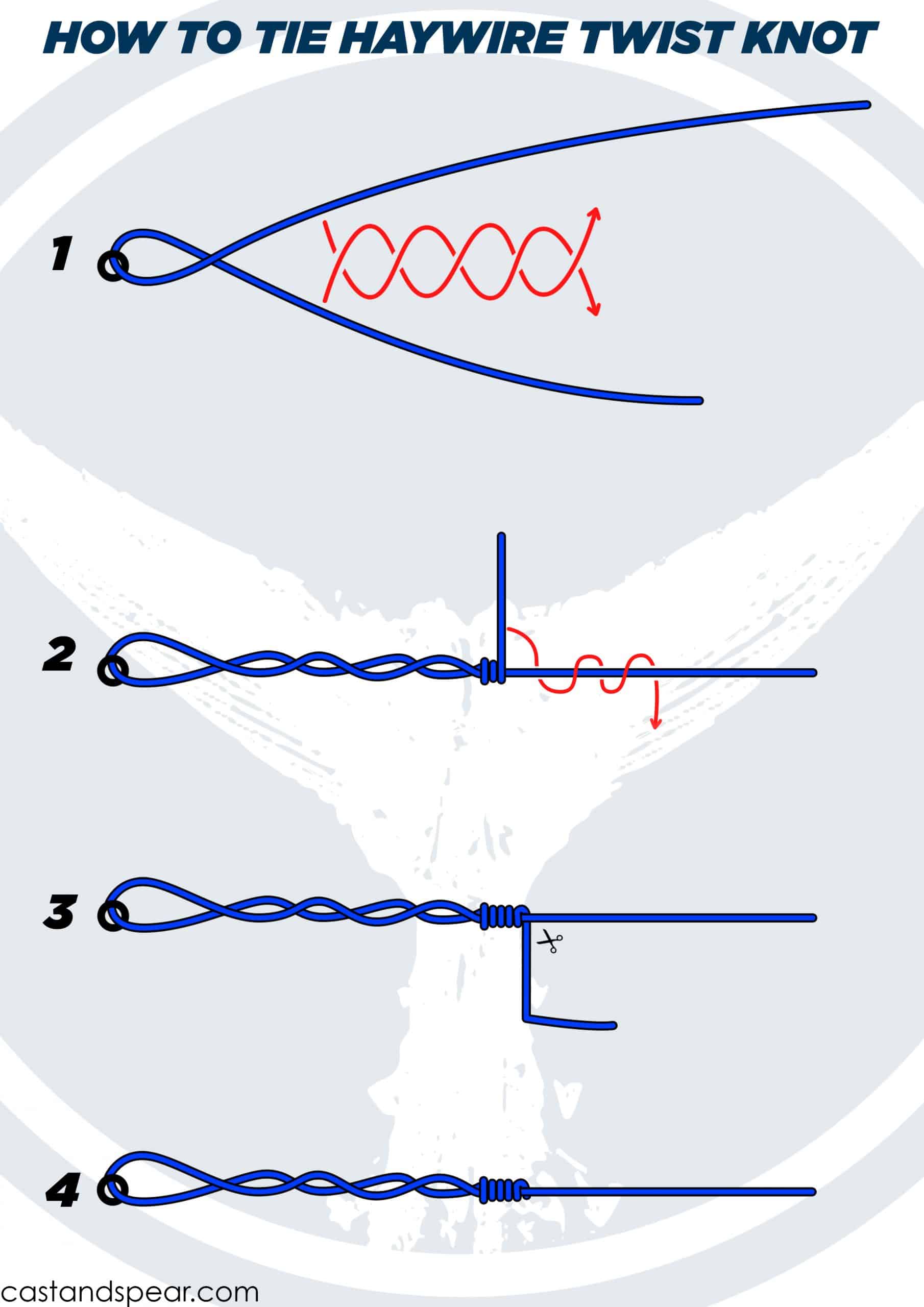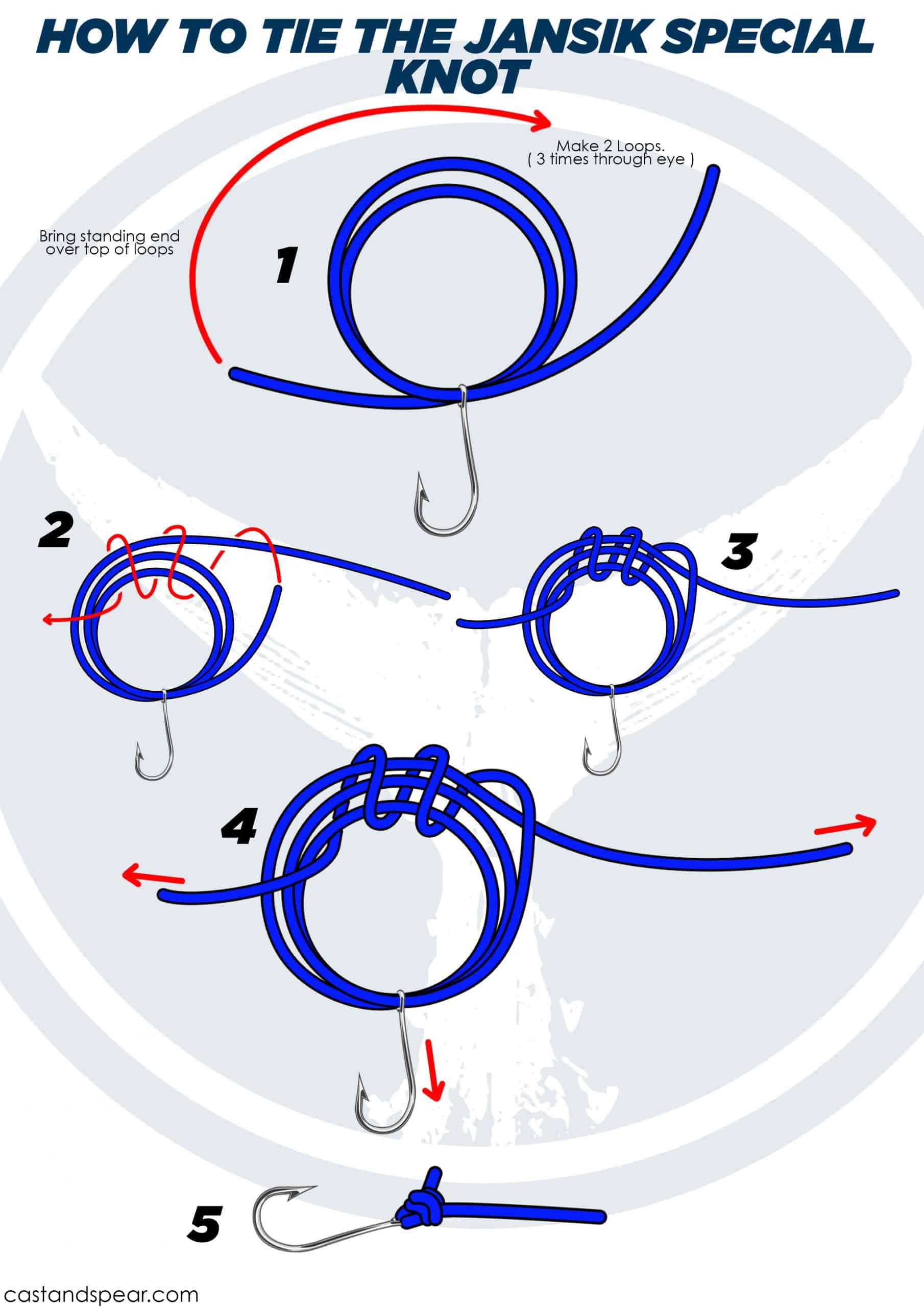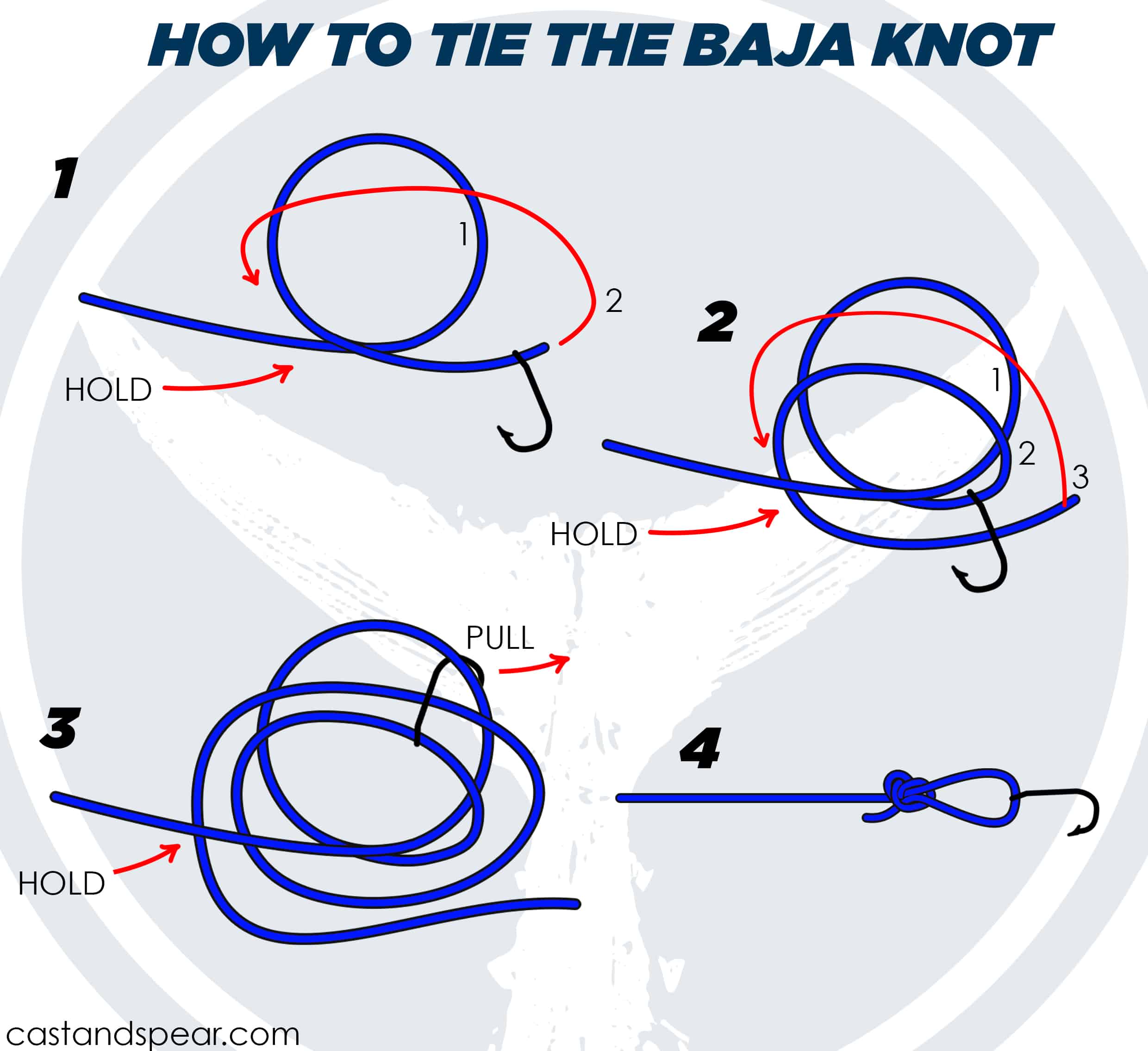Have you ever wondered why the Orvis Tippet Knot is so popular among anglers? Knowing how to tie an effective knot is crucial in fishing, and the Orvis Tippet Knot is a standout choice. This article will guide you through the ins and outs of this essential fishing knot.
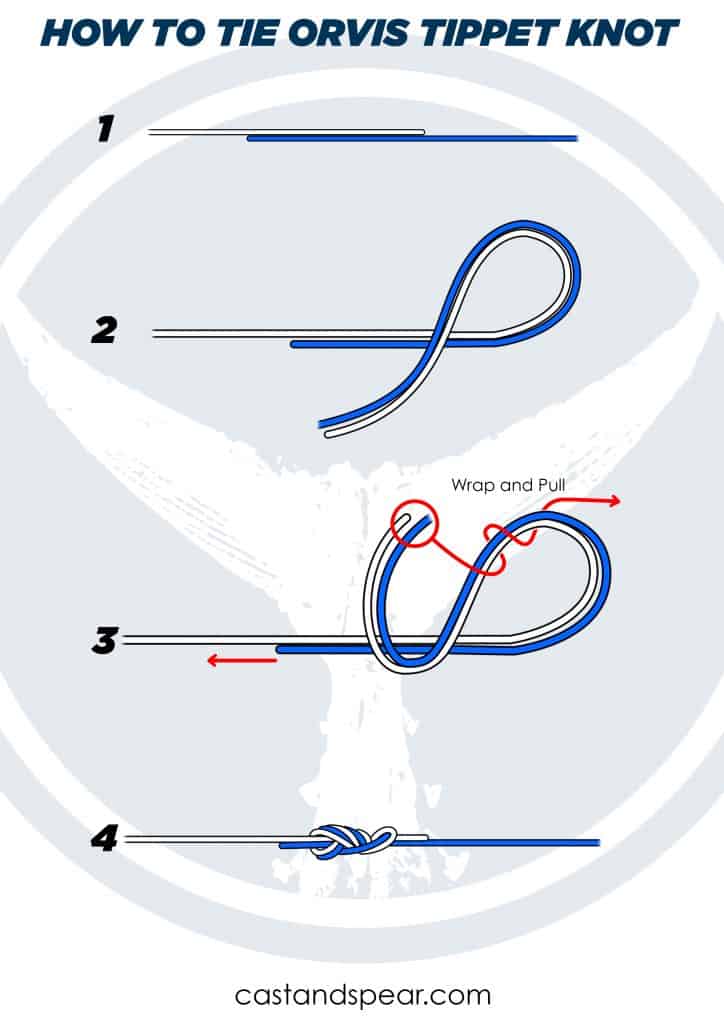
The Orvis Tippet Knot is an excellent alternative to the Surgeon’s Knot if you are using a fluorocarbon tippet as it prevents breakage at the tippet knot. It’s also considered to be the most reliable knot for tying this type of tippet. It is called the Orvis tippet knot because it won a contest that was run by Orvis.
It is not just another knot; it’s a game-changer in the world of fishing. Whether you’re fishing in freshwater or saltwater, the Orvis Tippet Knot can significantly enhance your fishing experience.
Some swear by the Double Surgeon’s Knot or the Double Blood Knot, but many others stand by the Orvis Tippet Knot. This article aims to shed light on this topic and help you understand why the Orvis Tippet Knot might be the best choice for you.
How to Tie an Orvis Tippet Knot
Step 1
Align the leader and the tippet side by side with each other making sure that at least four inches overlap.
Step 2
Hold both of the lines between your index finger and thumb and double them back into themselves to make a loop. Hold the loop closed between your index finger and the thumb of your left hand.
Step 3
Thread the leader’s tag end and the tippet through the loop twice.
Step 4
Moisten the knot and pull the lines tight.
Step 5
Cut off the tag ends close to the knot.

Why Choose the Orvis Tippet Knot
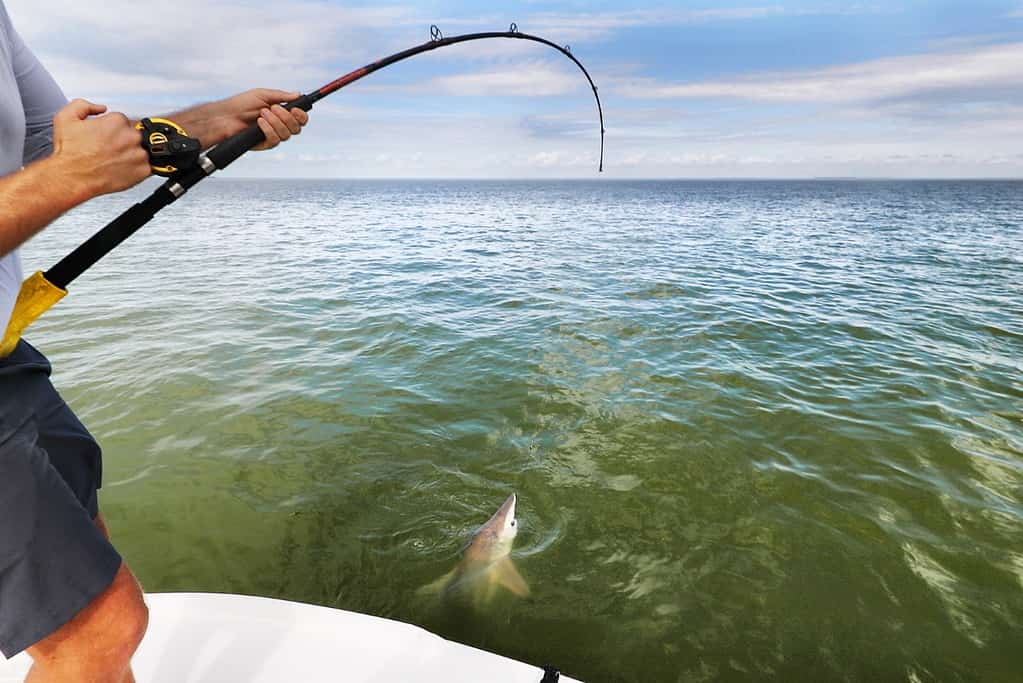
Why should you consider the Orvis Tippet Knot over other fishing knots? The answer lies in its unique advantages that make it a top choice for anglers worldwide.
- Performance: The Orvis Tippet Knot outperforms many other knots in terms of strength and reliability. It’s known for its exceptional holding power, reducing the chances of your catch escaping due to a failed knot.
- Versatility: This knot is not picky about the type of line it’s tied with. Whether you’re using a thin or thick diameter line, the Orvis Tippet Knot holds strong. It’s versatile enough to be used with leaders of all diameters and lengths, making it a go-to knot for various fishing scenarios.
- Specific Uses: The Orvis Tippet Knot shines when it comes to tying a tippet to the leader in all kinds of conditions. Whether you’re fishing in calm freshwater or turbulent saltwater, this knot holds up. Additionally, it’s excellent for tying two fishing lines together, providing a secure connection that withstands the stress of a fighting fish.
Tips and Tricks for Tying the Orvis Tippet Knot

Tying the Orvis Tippet Knot might seem daunting at first, but with a few expert tips and tricks, you’ll be tying it like a pro in no time.
- Use a Hemostat: A hemostat can be a handy tool when tying the Orvis Tippet Knot. It can help hold the knot in place as you work, increasing the knot’s strength and making the process easier.
- Lubricate the Line: Before you pull the knot tight, make sure to lubricate the line. This reduces friction, preventing damage to the line and resulting in a stronger knot.
- Practice Makes Perfect: Like any skill, practice is key when it comes to tying the Orvis Tippet Knot. The more you practice, the quicker and more efficiently you’ll be able to tie this knot.
Common Mistakes to Avoid:
- Not Securing the Knot Properly: Make sure the knot is secure before you start fishing. A loose knot can easily unravel, leading to a lost catch.
- Not Trimming the Tag Ends: Leaving long tag ends can cause the knot to catch on debris in the water. Always trim the tag ends close to the knot after tying.
Advantages and Disadvantages of the Orvis Tippet Knot

Every fishing knot has its strengths and weaknesses, and the Orvis Tippet Knot is no exception. Let’s delve into the pros and cons of this popular knot.
Advantages:
- Strength: The Orvis Tippet Knot is known for its exceptional strength. It securely holds the tippet to the leader, reducing the chances of the knot failing during a catch.
- Versatility: This knot works well with leaders of all diameters and lengths. Whether you’re using a thin or thick line, the Orvis Tippet Knot holds strong.
- Ease of Tying: With a little practice, the Orvis Tippet Knot is relatively easy to tie, even in challenging conditions.
Disadvantages:
- Performance with Braid: While the Orvis Tippet Knot performs well with most types of line, it can be prone to slippage when used with braid. If you’re using braided line, you might want to consider a different knot.
- Requires Practice: Like any fishing knot, the Orvis Tippet Knot requires practice to tie efficiently. Beginners might find it a bit challenging at first.
Alternatives to the Orvis Tippet Knot
Blood Knot
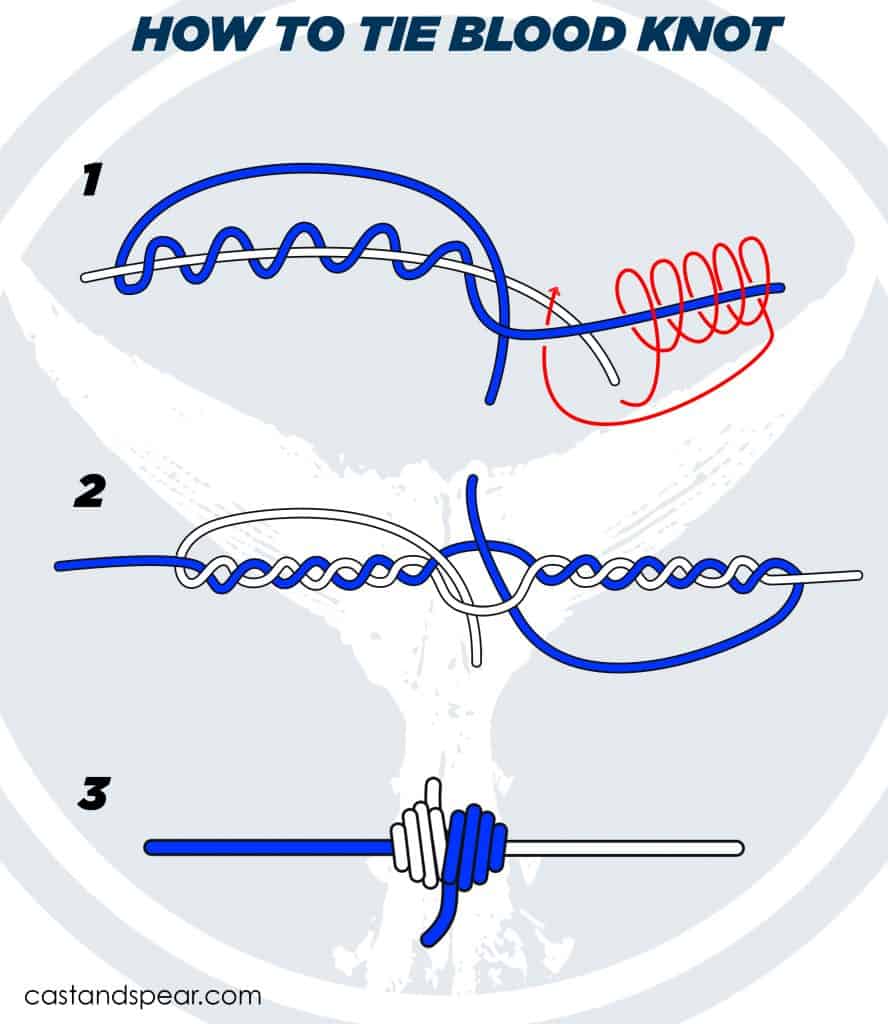
The Blood Knot is a classic choice for connecting two lines of similar diameter. It’s known for its sleek profile and strength. However, it can be more challenging to tie than the Orvis Tippet Knot, especially in windy conditions or with cold, wet hands.
Orvis Tippet Knot vs. Blood Knot
The blood knot is also used to tie two lines together, and the strength of the knot increases with five to seven wraps at each end. It is called a ‘blood’ knot because it used to be tied at the ends of whips or a cat of nine tails to draw blood as a slave or a prisoner was whipped. However, the Orvis knot is considered to be a better alternative because it is easier to construct in comparison.
Surgeon’s Knot
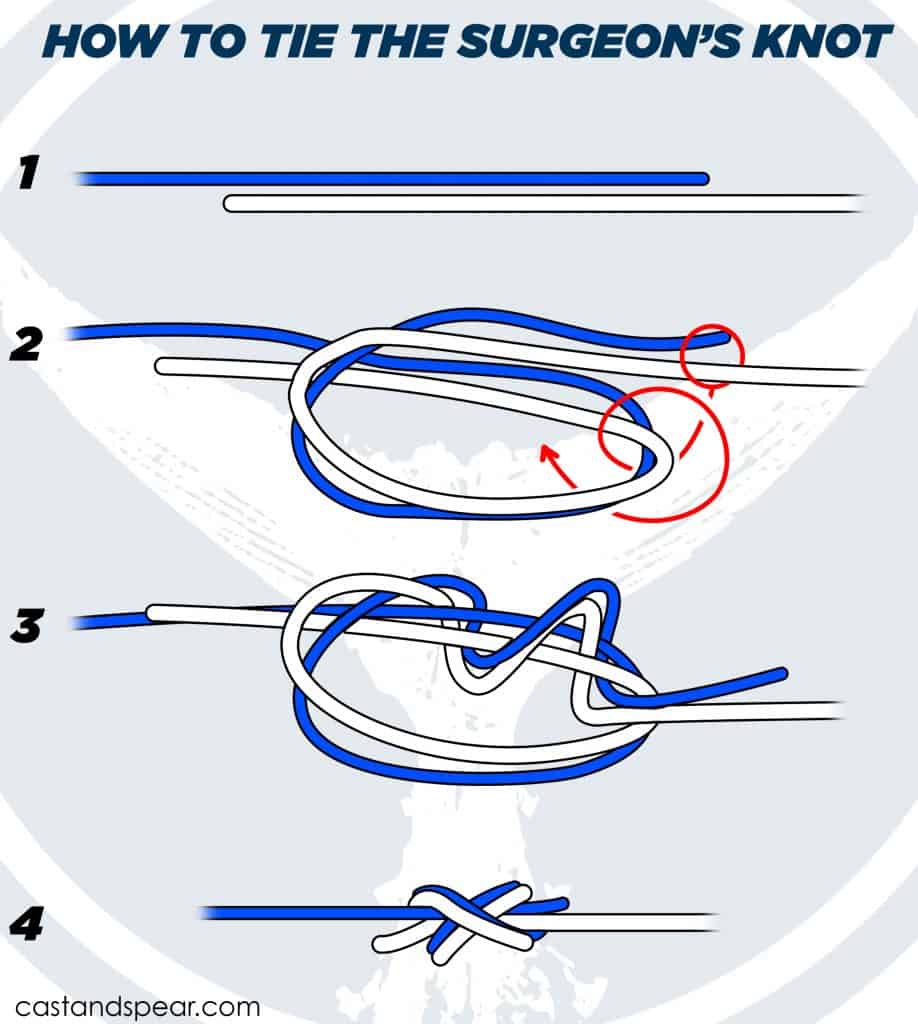
The Surgeon’s Knot is another excellent choice for tying a tippet to a leader. It’s relatively easy to tie and works well with different types of line. However, it might not be as strong as the Orvis Tippet Knot.
Orvis Tippet Knot vs. Surgeon’s Knot
Much like the Blood Knot, the Surgeon’s Knot is another popular choice among anglers for tying two lines together. Known for its simplicity and strength, the Surgeon’s Knot is often used when you need to join two lines of same or different diameters. The strength of the knot increases with two or three wraps, making it a reliable choice in many fishing scenarios.
While the Surgeon’s Knot is a solid choice, the Orvis Tippet Knot often proves to be a better alternative due to its stronger performance.
Frequently Asked Questions
Typically, a tippet should be two to four feet in light or smaller than the diameter of the leader’s tip. That way, it can extend the life of the leader.
The Orvis Tippet Knot is around 94%.
This can be useful if it is used right out of the package, but with use, it will whittle down to a smaller size to the point that you will have to add a tippet to the tapered leader.
The Verdict
So, is the Orvis Tippet Knot the right knot for your fishing adventures? The Orvis Tippet Knot is a versatile and reliable knot that every angler should master. Its ease of construction and strength make it a valuable tool in any fishing situation.
Practice tying this knot to improve your fishing experience and success on the water. Happy angling!




 Facebook
Facebook YouTube
YouTube